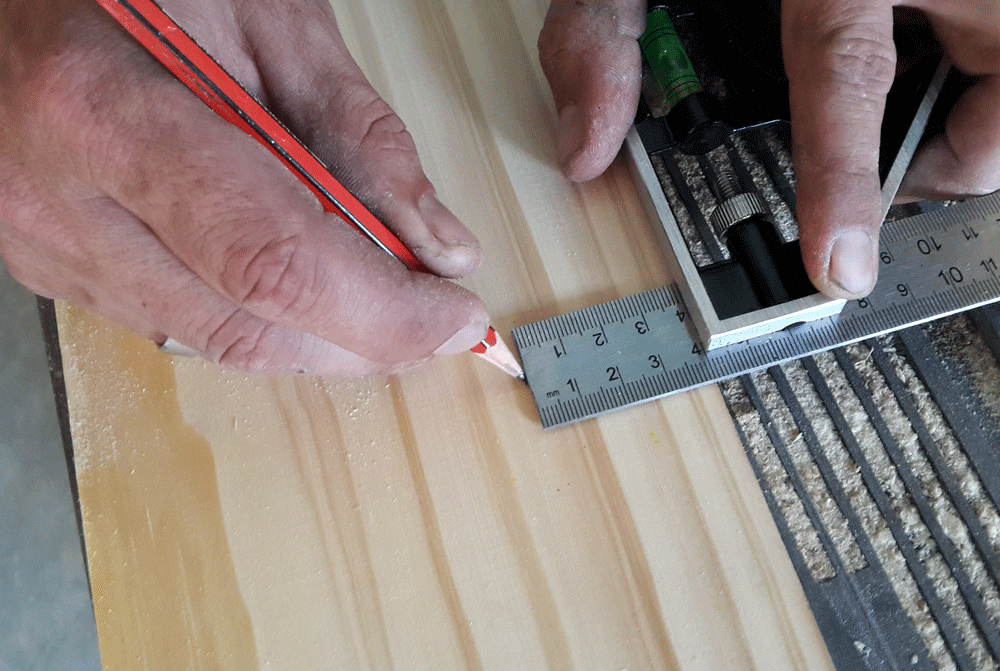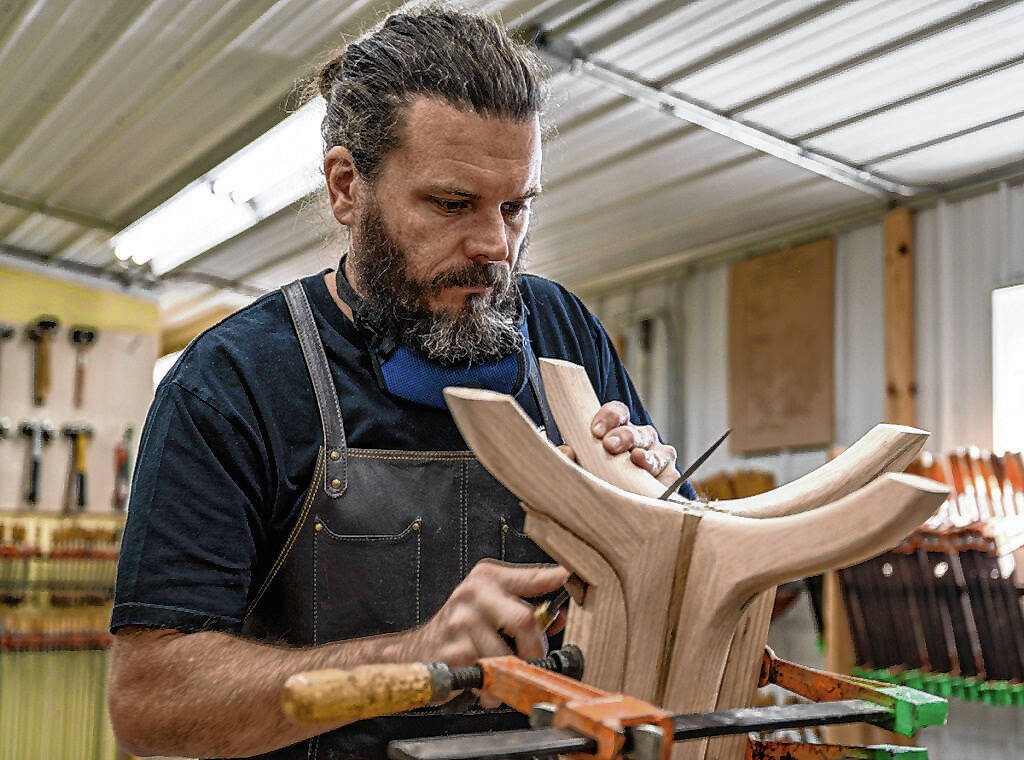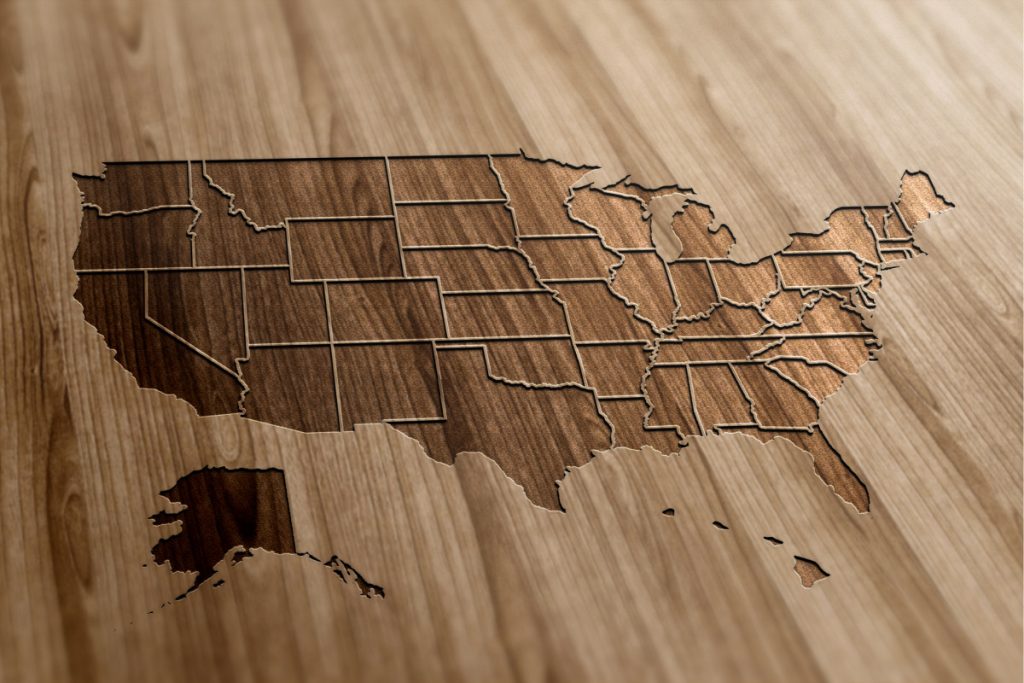
Accuracy is the ability produce precise measurements in science. Accuracy is the degree of reproducibility of measurements, while precision refers to the closeness of measurement results to their true values. Learn about the tools that are used for accurate measurement and the methods to determine accuracy. You can then use this information for precision measurement. Let's examine some examples. How do you measure a square with high accuracy?
Precision is the level of reproducibility
The ISO definitions precision as consistency in repeatable measurements. According to the ISO, precision should only be used when precise and accurate measurements are necessary to meet specified specifications. Accuracy is a term often used interchangeably with precision. Precision, which refers to the consistency of measurements can be used interchangeably with accuracy. However, accuracy can vary between measurements. For example, two people taking the same reading can get slightly different results.

Accuracy is the proximity of measurement results to the true value
What is accuracy? Accuracy refers to the degree to which measurement results are close to the actual value. The closer the measurement results are to the target value, the higher the degree of accuracy. Precision refers to how precise, near the true value and close to that reference value measurement results are. Precision can be synonymous to accuracy but it has a different meaning.
Methods of determining accuracy
The accuracy of a measuring device is dependent on the measurement method. Maximum error is one way to measure accuracy. This method assumes errors are distributed uniformly. This is useful when testing is required, especially if there isn't any other information. But, it's not always an accurate measure, and it can cause large errors if systematic effects are present. You can correct the calibration of your measuring equipment to avoid this in many cases.
Measurements are made with precise tools
There are many types of measuring tools that are required in different industries. A caliper measures the distance between two objects. It can be adjusted to read on a dial, or digital display. There are many types of calipers. One is used to measure an object's length while another measures its width and depth. Calipers have many uses and are often found in the offices or doctors of engineers, scientists, and physicians.

Measure twice, then cut once
The carpentry proverb, "Measure twice and cut once," has been around for many centuries. It was originally used to refer to needlework and carpentry. This meant that you should take extra care when planning and preparing. The purpose of this saying is not to waste material or time by cutting the wrong thing. These are some tips to help you avoid cutting the wrong thing.
FAQ
Is it difficult to start my woodworking business?
It's not easy to start your own woodworking business. There are many requirements and regulations that must be followed. But, this doesn't mean you need to go through all of the trouble of setting up your business. Many people prefer to join existing companies. You will only have to pay membership fees, taxes, and other charges.
Where can you find free woodworking blueprints?
For free woodworking blueprints, you don’t need to read any magazines or buy any books. All you need to do is search Google. Enter "free woodworking", and you will see hundreds upon hundreds of websites offering free plans.
How can I determine which tools are most suitable for me?
It's important to consider your preferences and needs when buying tools. Do you prefer metal or plastic handles What size are you most comfortable using for screws and nails? Do you prefer hand tools over power tools?
Where do I start with woodworking?
The best way to learn how to build furniture is by building furniture. While you will need tools and make mistakes, you will eventually master the art of building furniture.
First, choose a project you would like to complete. It can be something as simple and small as a box, or large-scale as an entertainment center. After you have decided on a project to work on, contact a local woodworker that specializes in this type of work. Ask them for suggestions on the tools you will need and where to buy them. You might even ask whether there's someone else you can talk to who does this kind of work.
What types of woods are best for furniture making?
Woods are classified by their hardness. Softwoods include pine, fir, cedar, and cypress. Because they are resistant to rot, softwoods are often used as outdoor furniture. The hardwoods are oak, maple and mahogany. Because they can't weather outside, they're usually used indoors.
How can you calculate the woodworking price?
When calculating the costs of any project, it is important to keep them as low and affordable as possible. It is important to ensure that you are getting the best materials prices. You should also consider other factors that could impact the cost of your project, such as experience, skill level, time, and money. You can find an estimate of the cost of different woodwork projects in our guide to common DIY tasks.
Statistics
- Overall employment of woodworkers is projected to grow 8 percent from 2020 to 2030, about as fast as the average for all occupations. (bls.gov)
- Most woodworkers agree that lumber moisture needs to be under 10% for building furniture. (woodandshop.com)
- The U.S. Bureau of Labor Statistics (BLS) estimates that the number of jobs for woodworkers will decline by 4% between 2019 and 2029. (indeed.com)
- The best-paid 10 percent make $76,000, while the lowest-paid 10 percent make $34,000. (zippia.com)
External Links
How To
How to drive a nails in wood
It is essential to pick the right size and style of hammer before you can drive a nail in wood. The most commonly used types of Hammers are claw hammers. Each type of hammer comes with its advantages and disadvantages. For example, a claw hammer works best when you want to hit something hard, like nails; however, it's difficult to control precisely where the blow lands. A sledgehammer is great for hitting large areas at once, but it's too heavy to use effectively for smaller tasks.
After choosing the right hammer, place your hand flat against the side of the head so that the handle rests comfortably in your palm. You can grip the handle with your fingers, but not so tight that it causes injury. The hammer should be held straight up with your wrist relaxed. You should then swing the hammer straight up, keeping your wrist relaxed. You should feel the impact on the nail from the hammer. You can practice swinging the hammer with a block or wood until you feel the rhythm.
When you're ready to start driving the nail, hold the hammer in front of you close to your body. The nail should be perpendicular to wood's surface. Your eyes should be focused on the nail's tip. Then, swing the hammer forward. Next, follow the motion of your hammerhead. You can repeat this several times, increasing your swing speed. Once you have mastered this technique, increase the power of your swings. Then, raise the hammer from your shoulder to bring it down. You'll have more energy to work with.
Once you've nailed the first hole, remove the hammer from the nail. To remove the remainder of the nails, you can use a screwdriver/pry bar. To avoid splitting the wood, make sure the nail heads are not touching the board's surface.